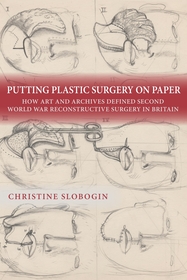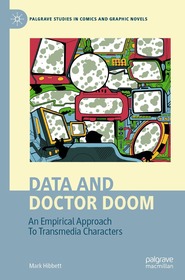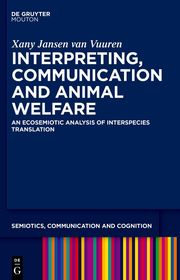
The AI Revolution
What Creativity Could Look Like in 2035
- Publisher's listprice EUR 42.79
-
17 747 Ft (16 902 Ft + 5% VAT)
The price is estimated because at the time of ordering we do not know what conversion rates will apply to HUF / product currency when the book arrives. In case HUF is weaker, the price increases slightly, in case HUF is stronger, the price goes lower slightly.
- Discount 20% (cc. 3 549 Ft off)
- Discounted price 14 198 Ft (13 522 Ft + 5% VAT)
Subcribe now and take benefit of a favourable price.
Subscribe
17 747 Ft

Availability
printed on demand
Why don't you give exact delivery time?
Delivery time is estimated on our previous experiences. We give estimations only, because we order from outside Hungary, and the delivery time mainly depends on how quickly the publisher supplies the book. Faster or slower deliveries both happen, but we do our best to supply as quickly as possible.
Product details:
- Publisher Springer Nature Switzerland
- Date of Publication 27 September 2025
- Number of Volumes 1 pieces, Book
- ISBN 9783032011718
- Binding Hardback
- No. of pages138 pages
- Size 210x148 mm
- Language English
- Illustrations XXVI, 138 p. 7 illus. Illustrations, black & white 699
Categories
Long description:
"
This book examines AI’s transformative impact on creativity, blending insights from economics, media studies, and technology to analyze its role in the arts and the broader creative industries. AI challenges the way we relate and use technology, as well as expand how we think of technological progress overall. Structured in three parts, the book first rethinks creativity as an inclusive, collaborative process through theories like Actor-Network-Theory, arguing AI is a new form of agency within creative networks. It explores the economic drivers of AI adoption, citing industry forecasts, long term trends and the rise of what sociologist Richard Florida calls the “Creative Class”. Through critical analysis of the gaps between the rhetoric and realities of AI, the text advocates for “Augmented Creativity”, as the right approach to balance human-AI collaboration. Lastly, the book studies pragmatic scenarios for 2035, focusing on job shifts, AI-generated content, and artistic experimentation—avoiding speculative AI hype. By grounding debates in real-world impacts, the book urges a critical, yet nuanced view of AI that ensures it remains a potential agent for collaboration rather than a replacement of human skill and imagination.
" MoreTable of Contents:
"
PART 1: COMPUTERS AS CREATIVE TOOLS.-1. Digital creativity and the dawn of AI Art.-Technology and creativity: a short take on computational creativity.-PART 2: CREATIVITY AS A UNIVERSAL ASPIRATION.-Rethinking creativity: a systems approach to imagination and novelty.-The economy at the dawn of AI: concentration, financialization and wage stagnation.- Neoliberalism’s political economy and the dawn of the Creative Class.-The unexpected rise of the Creative Class.-PART 3: CREATIVITY IN THE YEAR 2035.-Social futurology: transhumanism, dystopia and utopia on the singularity.-Pandora’s Box and the fear of the future.-Conclusion: what AI tells us about ourselves.
" More







